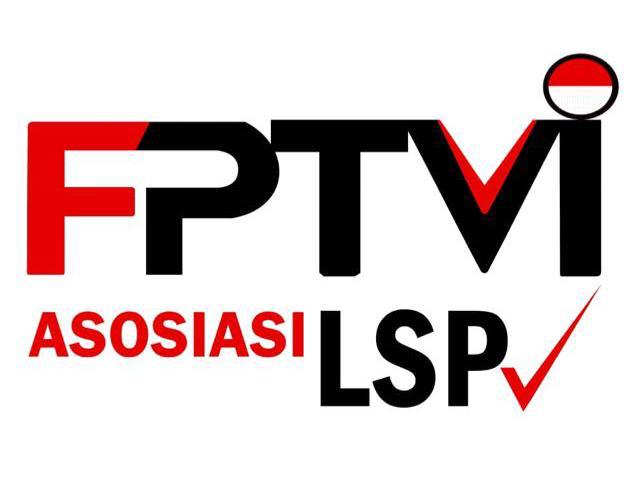Design of Bacterial Foraging Interval Fuzzy Logic Controller on Hybrid Solar Tracker-Ocean Wave Energy Converter
Abstract
Keywords
Full Text:
PDFReferences
A. J. Veldhuis and A. H. M. E. Reinders, “Reviewing the potential and cost-effectiveness of off-grid PV systems in Indonesia on a provincial level,” Renew. Sustain. Energy Rev., vol. 52, pp. 757–769, 2015.
I. Fitriana, Anindhita, A. Sugiyono, L. M. A. Wahid, and Adiarso, Outlook Energi Indonesia 2017. Jakarta: Pusat Teknologi Sumber Daya Energi dan Industri Kimia (PTSEIK); Badan Pengkajian dan Penerapan Teknologi (BPPT), 2017.
I. Abadi, A. Musyafa, and A. Soeprijanto, “Design of Single Axis Solar Tracking System at Photovoltaic Panel Using Fuzzy Logic Controller,” 5th Brunei Int. Conf. Eng. Technol. (BICET 2014), no. NOVEMBER 2014, p. 2.04 (6 .)-2.04 (6 .), 2014.
I. Abadi, E. H. Setyawan, and M. Ardiansyah, “Design of Automatic Switching System and Data Acquisition on Mobile Hybrid Solar Tracking System for Stand Alone Small PV with Reflector,” IOP Conf. Ser. Earth Environ. Sci., vol. 520, no. 1, 2020.
I. Abadi, D. Nur Fitriyanah, and A. Ul Umam, “Design of Maximum Power Point Tracking (MPPT) on Two Axes Solar Tracker Based on Particle Swarm Fuzzy,” in AIP Conference Proceedings, 2019, vol. 2088, p. 20041.
I. Abadi, A. Musyafa, K. D. Baskoro, and D. N. Fitriyanah, “Design and Implementation of Mobile Active Two-Axis Solar Tracker with Reflector Based on Particle Swarm Fuzzy Controller,” vol. 12, no. April, pp. 113–122, 2019.
I. Abadi, C. Imron, M. Musa Bachrowi, and D. Nur Fitriyanah, “Design and implementation of battery charging system on solar tracker based stand alone PV using fuzzy modified particle swarm optimization,” AIMS Energy, vol. 8, no. 1, pp. 142–155, 2020.
I. Abadi, D. N. Fitriyanah, and A. U. Umam, “Design of maximum power point tracking (MPPT) on two axes solar tracker based on particle swarm fuzzy,” in AIP Conference Proceedings, 2019, pp. 1–10.
I. Abadi, C. Imran, and N. Fasa, “Smart Solar Tracking System Based on Fuzzy-PI Controller for Maximizing The Power of PV,” AIP Conf. Proc., vol. 2088, no. March, 2019.
E. H. Setyawan, I. Abadi, and S. A. Kusumawarni, “Estimation of Hourly Solar Radiation on Horizontal Surface Using GAMF (Genetic Algorithm Modified Fuzzy) (Case Study in Surabaya),” IOP Conf. Ser. Mater. Sci. Eng., vol. 588, no. 1, 2019.
A. Kurniawan and I. Abadi, “Analysis green gases reduction for employee buses in order to support fossil fuel conversion to electric powered buses in Pt. Vale Indonesia TBk,” AIP Conf. Proc., vol. 2088, 2019.
A. Musyafa, I. Abadi, R. D. Noriyati, R. I. Mukromin, T. A. Rafi, and M. K. Asy’ari, “Design and Implementation Monitoring System Based Internet Of Tings (IoT) on Battery Charging - Photovoltaic Power Plant Using FLC,” Int. J. Mech. Mechatronics Eng. IJMME-IJENS, vol. 20, no. 04, pp. 22–30, 2020.
C. Imron, I. Abadi, I. Amirul Akbar, J. Maknunah, Y. Ahmad Nor, and A. Saepul Uyun, “Performance Comparison of the Single Axis and Two-Axis Solar System using Adaptive Neuro-Fuzzy Inference System Controls,” E3S Web Conf., vol. 190, pp. 1–11, 2020.
I. Abadi, T. Oktavia Hardiana, C. Imron, D. Nur Fitriyanah, Y. Jani, and K. Abdullah, “Design of Adaptive Neuro-Fuzzy Inference Control Based One-Axis Solar Tracker on Battery Charging System,” E3S Web Conf., vol. 190, 2020.
I. Abadi, Q. Uyuniyah, D. Nur Fitriyanah, Y. Jani, and K. Abdullah, “Performance Study of Maximum Power Point Tracking (MPPT) Based on Type-2 Fuzzy Logic Controller on Active Dual Axis Solar Tracker,” E3S Web Conf., vol. 190, pp. 1–16, 2020.
I. Abadi, A. Musyafa, and A. Soeprijanto, “Design and Implementation of Active Two Axes Solar Tracking System Using Particle Swarm Optimization Based Fuzzy Logic Controller,” Int. Rev. Model. Simulations, vol. 8, no. 6, pp. 640–652, 2015.
I. Abadi, A. Musyafa’, and A. Soeprijanto, “Type-2 Fuzzy Logic Controller Based PV Passive Two-Axis Solar Tracking System,” Int. Rev. Electr. Eng., vol. 10, no. 3, 2015.
M. Aghajarian, “Design of Fuzzy Controller for Robot Manipulators Using Bacterial Foraging Optimization Algorithm,” J. Intell. Learn. Syst. Appl., vol. 04, no. 01, pp. 53–58, 2012.
K. K. Ahn, D. Q. Truong, H. H. Tien, and J. Il Yoon, “An innovative design of wave energy converter,” Renew. Energy, vol. 42, pp. 186–194, 2012.
D. Q. Truong and K. K. Ahn, “Development of a novel point absorber in heave for wave energy conversion,” Renew. Energy, vol. 65, pp. 183–191, 2014.
N. H. Samrat, N. Bin Ahmad, I. A. Choudhury, and Z. Bin Taha, “Modeling, control, and simulation of battery storage photovoltaic-wave energy hybrid renewable power generation systems for island electrification in malaysia,” Sci. World J., vol. 2014, no. July, 2014.
D. Maslanka, “Solar Geometry,” in Lecture handout: Applied Mathematics, Illinois Institute of Technology, Illinois., 2000.
J. Brownlee, Clever Algorithms. 2011.
J. Li, “Analysis and Improvement of the Bacterial Foraging Optimization Algorithm,” J. Comput. Sci. Eng., vol. 8, no. 1, pp. 1–10, 2014.
D. Nur Fitriyanah and I. Abadi, “Fuzzy Logic Control Design of Mobile PV Using Bacterial Foraging Optimization,” 2018, pp. 215–220.
DOI: http://dx.doi.org/10.12962%2Fj23378557.v7i2.a9250
Refbacks
- There are currently no refbacks.
This work is licensed under a Creative Commons Attribution 4.0 International License. IPTEK The Journal of Engineering published by Pusat Publikasi Ilmiah, Institut Teknologi Sepuluh Nopember.
Please contact us for order or further information at: email: iptek.joe[at]gmail.com Fax/Telp: 031 5992945. Editorial Office Address: Pusat Riset Building 6th floor, ITS Campus, Sukolilo, Surabaya 60111, Indonesia.








